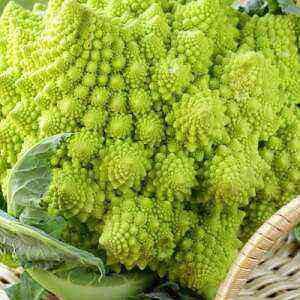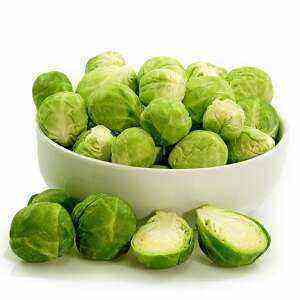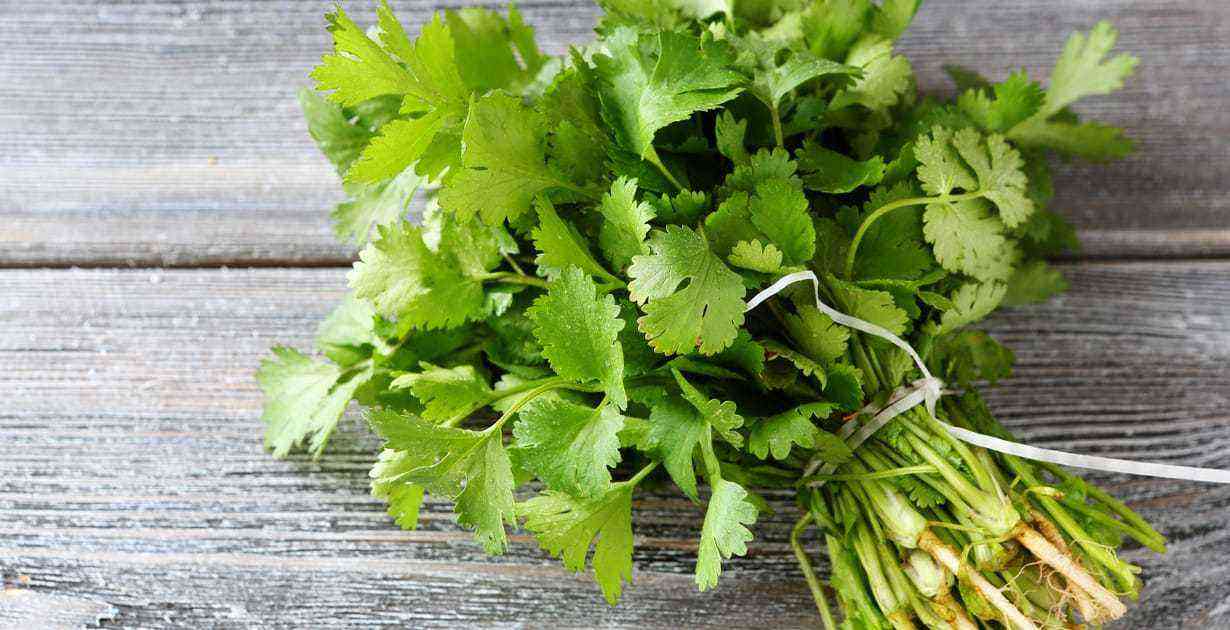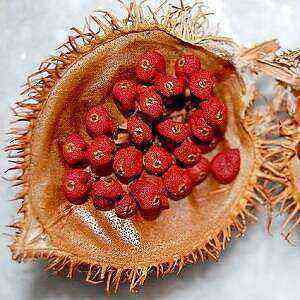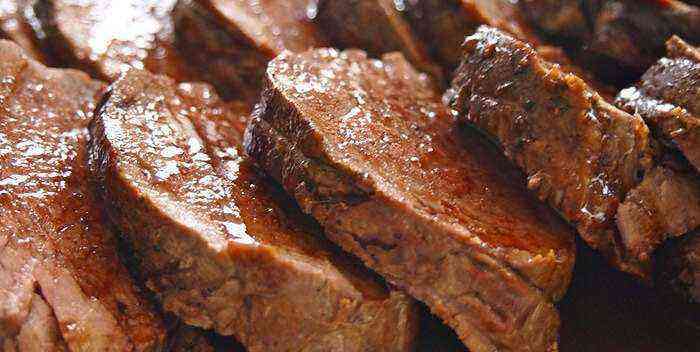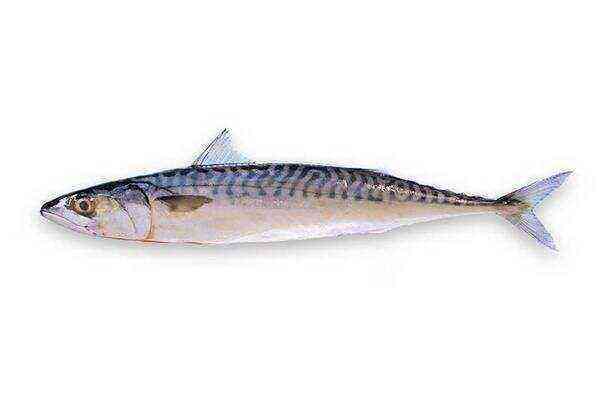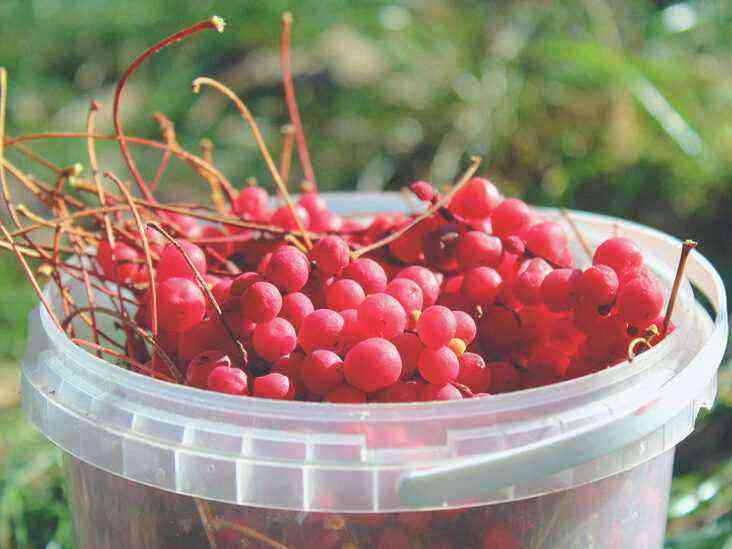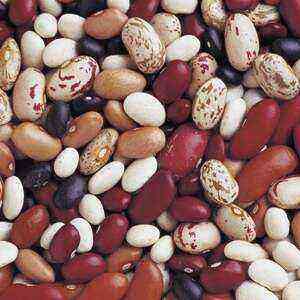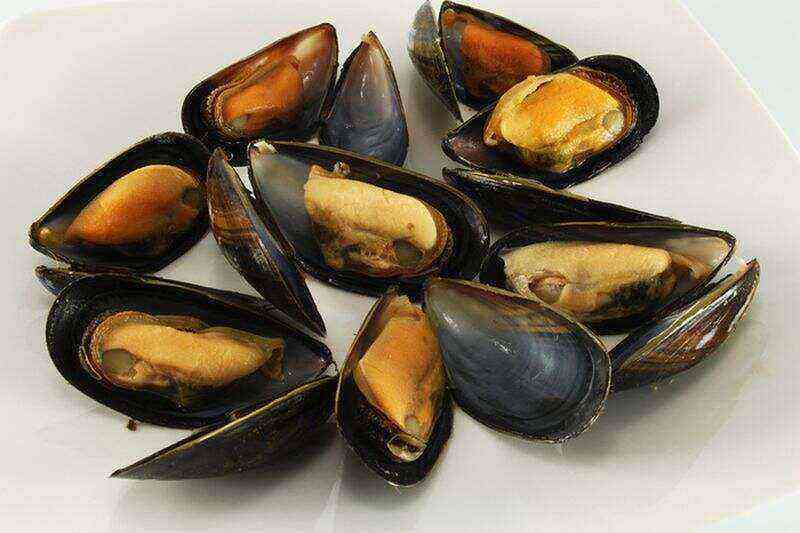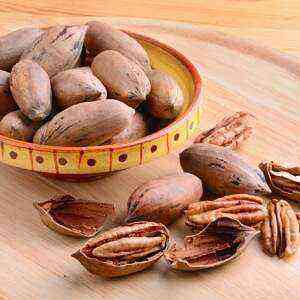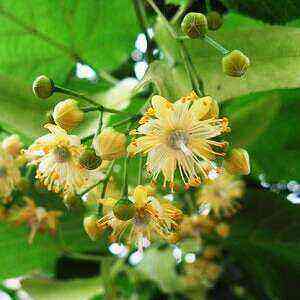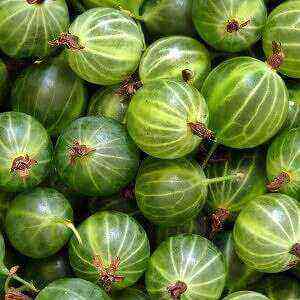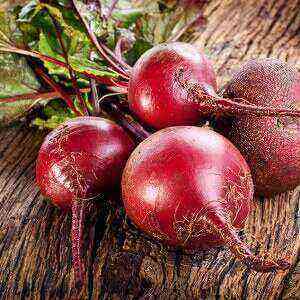
Most often, radish is used along with other vegetables for the preparation of various salads, since it has a piquant bitter aftertaste. It contains essential oil, high amounts of fiber, over 90% water and many different amino acids. Due to its unique composition and the benefits it brings to the body, radish is extremely useful for consumption in winter and spring, when the body is deficient in vitamins. In addition, it helps the body fight germs and boosts immunity. Despite its more than specific taste, it is extremely beneficial for the body and is well suited for stimulating appetite along with horseradish and ginger.
The radish acquired a bitter taste, which cannot be confused with anything, thanks to the glucosides contained in the composition, as well as a number of essential oils. It is essential oils that help fight kidney stones and gallstones, helping to dissolve them.
Radish has always been loved, even despite its slightly bitter taste, because if you add it to a salad with other vegetables, the bitter taste is brightened up. It goes especially well with apples, the sweetness of which softens the overall taste of the salad. Many people eagerly eat it neat, seasoning with vegetable oil and adding a little salt, which improves the taste.
Radish has an extremely low calorie content with high benefits, which is why nutritionists very often recommend including it in the diet. It can fill the stomach very quickly, and at the same time it does not contain many calories. In addition, it contains a very large amount of water and a minimum of carbohydrates, which makes it an ideal dietary product.
A bit of history
This root crop is considered to be primordially Russian, although in fact, the Egyptians first began to grow it. In particular, the Egyptians were the first to receive oil from the seeds of this root crop. After them, they learned about the radish in Ancient Greece and Rome. If you believe modern history, the Romans treated this root crop very reverently, to the point that its seeds were worth their weight in gold.
The radish achieved such love because it contained many useful substances and helped maintain health. It was especially appreciated in ancient times for its antimicrobial properties due to the high concentration of sulfur in the root crop. ..
The chemical composition of radish (100 g) farmer-online.com
Caloric content 36 kcal Proteins 1,9 g Fats 0,2 g Carbohydrates 6,7 g Organic acids 0,1 g Dietary fiber 2,1 g Water 88 g Ash 1 g
Vitamins
Vitamin A 3 mcg Vitamin B1 0,03 mg Vitamin B2 0,03 mg Vitamin B5 0,18 mg Vitamin B6 0,06 mg Vitamin C 29 mg Vitamin E 0,1 mg Vitamin PP 0,6 mg Niacin 0,3 mg
Macronutrients
Potassium 357 mg Calcium 35 mg Magnesium 22 mg Sodium 13 mg Phosphorus 26 mg
Trace Elements
Iron 1,2 mg
The Greeks and Romans used it to treat the lungs, and also actively used it for kidney disease.
When this root crop came to Europe, terrible epidemics raged in it, and at that time the best and universal remedy was considered to be radish mixed with honey. They use it now, but only for colds. In ancient times, a mixture of the juice of this root vegetable and honey also strengthened the hair.
As for its use among the Slavs, folk medicine has long noticed this important root crop. For a very long time, it was used to treat diseases such as sciatica, and compresses were made from it. Such a compress must be kept for several hours in order to relieve pain and fight exacerbations. Usually a few sessions are enough. In addition, a radish compress was used against colds and coughs. Similar compresses have been used to treat various wounds, including ulcers.
Radish species
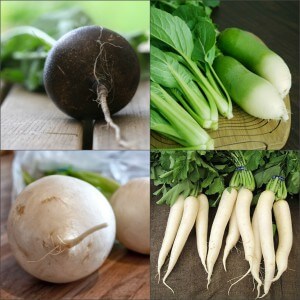
Black radish
It is the black radish that is best known among its relatives for its medicinal properties and prevalence. Although it was previously believed that this vegetable is exclusively for the poor, since it is easy to grow and it is very unpretentious. In fact, radish has been used for a very long time to treat a number of diseases, including diseases of the upper respiratory tract and gastrointestinal tract. In general, traditional medicine has always willingly used it as a medicine and advised to use it at the slightest opportunity, as well as to make infusions, lotions or inhalations from it for treatment. In addition to its direct healing effect, radish also strengthens the immune system so you don’t have to worry about getting sick. Black radish is an effective cough remedy, including in children.
Green radish
The green version of this root vegetable is also able to fight bacteria very effectively, therefore it is used to increase immunity and prevent diseases. It is more effective than all other types and is able to lower blood sugar levels, so it is often prescribed for diabetics. ..
Green radish is commonly used to treat bruises and bruises by using it as a compress. It helps well with burns and bruises. The green radish added to the salad will aid digestion, especially if the dish contains protein ingredients such as cheese or eggs.
White radish
White radish, or daikon, is very popular in Asian countries, in particular in Japan. This is a very interesting variety, it can grow to enormous sizes and weigh up to 15 kilograms. The main advantage of daikon is the minimal presence of bitterness, which is so inherent in all other varieties. At the same time, all the useful properties of this amazing root crop are fully preserved. It just contains fewer specific oils. On the one hand, this somewhat reduces certain therapeutic effects, on the other hand, it is daikon that can be used by people with diseases of the heart and blood vessels, including the elderly, while black radish should be used with caution .… The only significant drawback of daikon is its short shelf life, otherwise it is just as useful as other varieties.
In folk medicine

Radish is also known as an excellent way to treat sciatica, for which a compress is made from it on a sore spot. Radish is considered an excellent way to keep the body in good shape, because it stimulates digestion, improves metabolism, helps to produce more gastric juice and bile for the normal digestion process. ..
It is believed that radish is excellent for various diseases of the upper respiratory tract, including coughing. In this case, it is necessary to grate a fresh radish and take it with honey in order to remove phlegm and improve the patient’s condition.
Medicinal properties of radishes and recipes
Radish can be used alone or used with any other healthy vegetables and root vegetables. It all depends on what exactly you want to get as a result. For example, fresh squeezed radish juice should be drunk one tablespoon several times a day in order to get rid of various diseases of the upper respiratory tract, including bronchitis or if you have a cough. Despite its not very pleasant taste, it does its job well and helps to remove phlegm from the respiratory tract. Also, fresh juice will be very useful for the prevention and supportive treatment of atherosclerosis, and it can also reduce bladder stones. [8].
For the treatment of anemia
For the treatment of anemia, it is best to use fresh radish juice mixed with juice from carrots and beets. To do this, you need to mix these three different types of juice and put in a warm place for 2-3 hours, preferably in the oven, which was previously heated. This medicine should be used one tablespoon several times a day half an hour before meals. This supportive treatment can be used for up to three months until the result is noticeable. However, you should not use this medicine if you suffer from stomach ulcers, have metabolic disorders, or have gastritis. [9].
With colds

For the treatment of intercostal neuralgia
To support the body with intercostal neuralgia, pure black radish juice is used, which is simply rubbed into the skin. Also, the juice can be used as a compress for those suffering from radiculitis or rheumatism.
To help vessels
Radish will be an irreplaceable helper if you need supportive treatment or as a prophylaxis for various diseases associated with blood vessels. In particular, if you mix radish juice with apple juice, it will help in the treatment of vascular atherosclerosis.
For diseases of the upper respiratory tract
Radish is used for so-called cold inhalation. To do this, the plant is rubbed on a fine grater and placed in a tightly closed glass container. You need to let it brew for 30 minutes, then start inhalation: take a few breaths, holding your breath each time after inhaling. The procedure must be repeated as often as possible, up to 10 times a day.
Jaundice
Radish helps with diseases such as jaundice, because it can cleanse the blood and liver. That is why it is used for jaundice, as it protects red blood cells from destruction and saturates the blood with oxygen. Leaves and roots are equally good for treating this disease. [11]… However, since radish can be harmful in case of liver diseases, you must first consult with your doctor before taking it.
With hemorrhoids
Any kind of radish contains a lot of coarse fibers, which improves digestion, retains water in the body and helps to treat constipation, which very often cause hemorrhoids or its exacerbation. As a result of the regular use of this root crop, the patient’s condition is significantly improved. In addition, it helps well in the treatment of this ailment, as it removes toxins from the body.
For the genitourinary system
Radish is able to increase the body’s production of urine, and at the same time, it helps to reduce inflammation. It is often used for cystitis and various other diseases of the genitourinary system. By stimulating urination, it helps to cleanse the kidneys and get rid of the infection.
Use in cosmetology
Of course, cosmetologists cannot ignore radish as not only a dietary product, but also a great way to look good. Long before the emergence of such a profession as a beautician, it was used to reduce freckles or age spots. Nowadays it is most popular for skin that suffers from dryness or wilting. Radish is no less useful for hair: if you make masks from the juice of this plant, very soon you will notice an improvement in the condition of your hair and scalp. The vitamins it contains retain moisture and prevent dry skin. It is great for stimulating facial skin renewal and getting rid of unpleasant allergic or other rashes.
Contraindications to the use of radish
Despite all its benefits, radishes can be harmful. For example, it helps with digestive disorders only if they are not acute. If you are suffering from ulcers or serious inflammation of the gastrointestinal tract, it is better for you to stop taking this medication.
This root is not suitable for people with serious diseases of the cardiovascular system, as well as kidney disease. This ban is due to the fact that radish significantly stimulates the digestive processes, which can badly affect the body in some diseases.
Sources of












